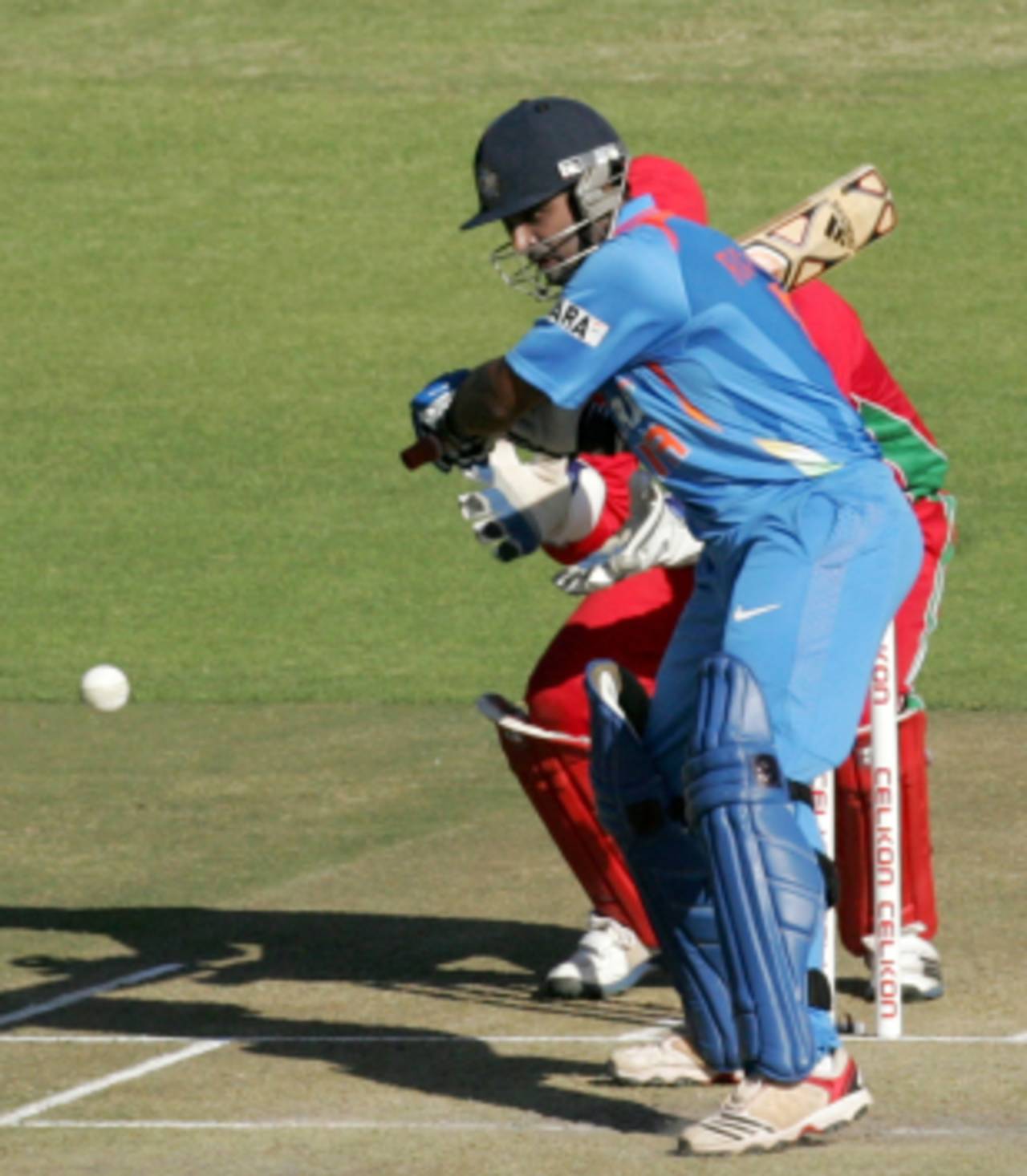How much does the prospect of watching an India v Zimbabwe game excite you? India are ranked No. 1 in ODIs and are the holders of the World Cup and the Champions Trophy, while Zimbabwe are No. 10 in the ODI rankings.
Such contests often end up being lopsided, with the better team playing to boost their stats. But if the underdog puts up a fight, you can get a real cracker of a game. However, it's likely that this series will remain a mismatched one.
But for fans of Indian cricket there are still plenty of reasons to watch, the foremost being the inclusion of new faces in the side. In a wise move, which also gives the contest some life, the Indian selectors have given their key players a well-deserved break. Close to half the squad that left India comprised players who were yet to win national caps and those yet to cement their place in the side.
While there was a strong case to rest Virat Kohli too, for he has played as much as anyone else, the selectors handed him the reins of the team for a full series for the first time, which should keep him going. This series isn't a high-pressure one. Playing in Zimbabwe will help him learn a few lessons before he faces bigger challenges.
Although fiddling with the line-up and team combinations can at times backfire, that shouldn't discourage you from experimenting. The selectors must be lauded for taking risks and bringing in Ambati Rayudu, Cheteshwar Pujara, Ajinkya Rahane, Mohit Sharma, Jaidev Unadkat and Parvez Rasool. These men are talented but will now also be brimming with confidence that stems from the selectors' faith in them.
In the first game,
in Harare, the difference between the two sides was clear. While some might argue that India winning the toss was crucial to the outcome, I believe the toss didn't create the gap, only widened it.
What should be India's objective in this series? A 5-0 win? Or to give all the newcomers a fair run in the middle, and, if possible, the chance to volunteer for tougher challenges?
If the team management decides to play the best XI in every game, and the best players in their favoured positions, it's unlikely that all the newbies will get a fair chance to perform. But the selectors haven't picked these players to not play them, and hopefully the management thinks that way too. If Fletcher and Co were to choose the new recruits over the senior men, India might lose a game or two, but the series will not be lost.
The easiest thing for the team management to do is to just play one inexperienced player in the spot vacated by MS Dhoni in the batting order. That's what they did in the first game. But the tougher, and perhaps more pragmatic, thing would be to find ways to give Pujara, Rahane and Rayudu maximum opportunities in this series.
We have seen a lot of Kohli, Suresh Raina, Rohit Sharma and, to an extent, Shikhar Dhawan in the recent past. Their ability to score runs against Zimbabwe isn't going to tell us anything about them that we don't already know. So it might not be a bad idea to play Pujara, Rahane and Rayudu in all the games and rotate the more experienced players around them. For example, open with either Dhawan or Rohit (ideally, give them three games apiece) and have Pujara or Rahane partner them. While the combination of Rohit and Dhawan is doing wonders, such a move will help India find out who is the next best for the job.
To really see someone's batting prowess in a 50-over game, you have to give him as many overs to bat in as possible. Which is why Rayudu, Rahane and Pujara must bat in the top four, and be followed by Kohli, Raina and Dinesh Karthik. This batting order obviously isn't written in stone. It can and must change if the situation demands, but the intention must not.
India must look to bat first in every game, because that's the toughest time to bat in these conditions. Since the bowling isn't challenging enough, India will have to find ways to challenge themselves. If Rohit and Dhawan are to open in the remaining matches, they might as well deal with the moving ball.
While the team management can fiddle around with the batting order, they haven't been afforded the same luxury by the selectors in the bowling department, since they have in their hands an all-new attack. Still, since Vinay Kumar and Amit Mishra have been around for a while, this series must be seen as a litmus test for them. Their performances must not go unnoticed; they must be given the responsibility of bowling in tough situations.
If the opposition isn't likely to test you, you must find ways to make a series useful for yourself.
Former India opener Aakash Chopra is the author of Out of the Blue, an account of Rajasthan's 2010-11 Ranji Trophy victory. His website is here and his Twitter feed here
